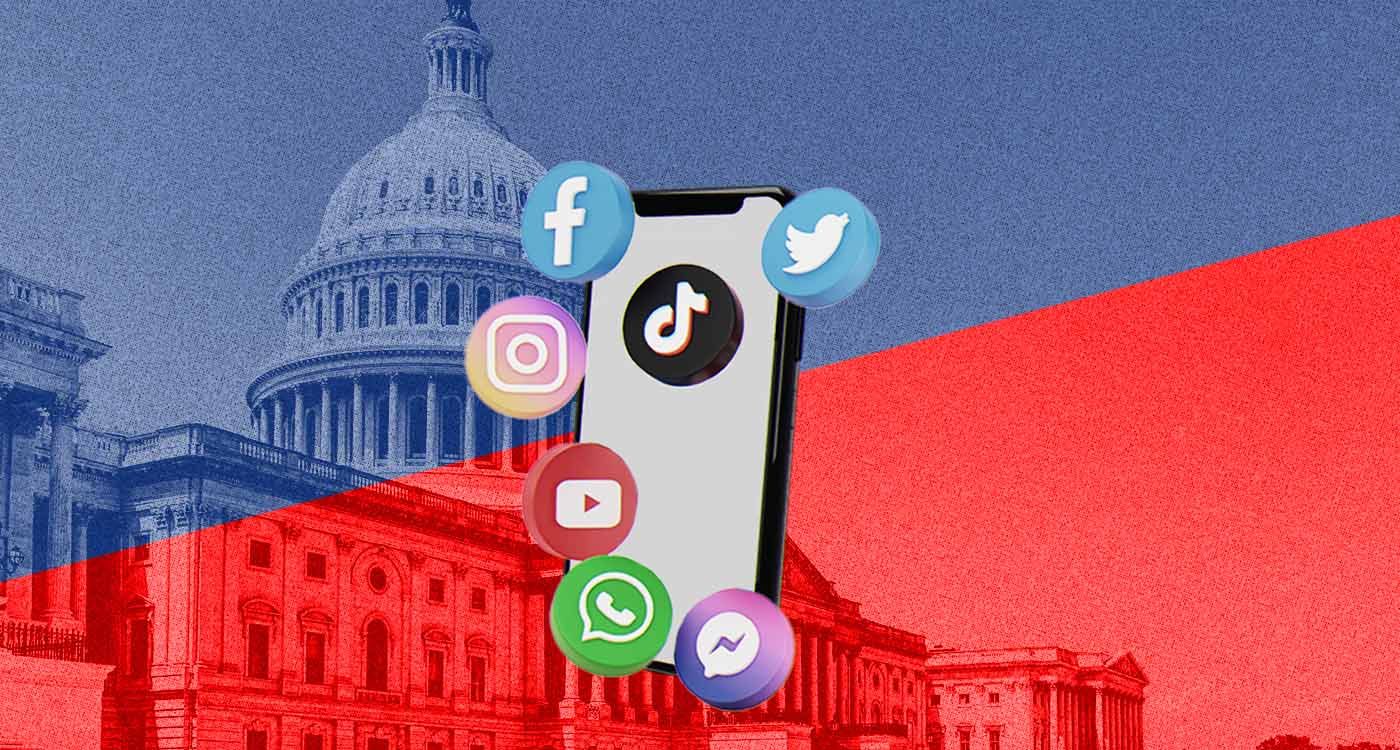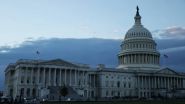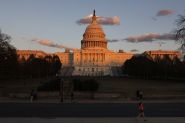- Home
- Middle East
- The Role of Social Media in the American Presidential Election

Social media has profoundly reshaped the American presidential election landscape, influencing campaign strategies, candidate-voter interactions and the direction of public debate. These platforms have become indispensable tools for capturing voters' attention, mobilizing support bases and shaping public opinion. However, they also present significant challenges, especially regarding misinformation and polarization. As each election approaches, the impact of social media raises crucial questions about the future of American democracy.
Direct Communication With Voters
Social media enables candidates to communicate directly with the public, bypassing traditional media. This direct line to voters allows campaigns to go beyond standard interview or debate formats, sharing tailored messages, official announcements and instant reactions to current events. In both the 2016 and 2020 campaigns, for instance, Donald Trump leveraged Twitter extensively to speak directly to his supporters and influence media agendas.
Candidates like Kamala Harris have also used social media to define their personal image and connect on specific issues. Harris, the first woman of color on a major party's presidential ticket, faced the unique challenge of reaching diverse audiences while addressing issues of social justice, health care and economic equality. Her team used Instagram and Twitter to highlight her history, achievements and stance on key policies, helping her resonate with young voters, women and minority communities. Her campaign demonstrated how a personal approach, coupled with clear issue-focused messaging, could engage voters deeply and foster a sense of relatability.
A Powerful Mobilization Tool
Social media also offers an unprecedented capacity for mobilization. The 2020 election demonstrated this dynamic, particularly with record participation among young people and minority groups. Hashtags, awareness campaigns and social justice movements like Black Lives Matter used social media to engage millions, especially on issues of civil rights and social justice.
With advanced targeting techniques, candidates can reach specific demographic groups with tailored messages, whether encouraging undecided voters to register or rallying their traditional bases. This targeted outreach, coupled with compelling messages, helps turn online engagement into votes. Kamala Harris’ campaign, for example, amplified voter registration drives on social media, especially for Black and Asian American voters, who felt connected to her representation of their communities on the national stage.
The Challenge of Misinformation
However, the rapid dissemination power of social media also brings a downside: misinformation. The 2016 election marked a turning point in opinion manipulation, with foreign entities exploiting platform vulnerabilities to spread confusion. Millions of voters were exposed to fake news, often shared without verification.
Social media platforms have attempted to address this threat through fact-checking policies and account suspensions. Under pressure from the public and authorities, Facebook, Twitter and YouTube implemented tools to identify and label misleading content. Yet, the speed at which misinformation spreads and the "filter bubble" effect of algorithms make this task complex. Kamala Harris’ campaign experienced firsthand how misinformation could target candidates, with viral posts falsely claiming certain policy stances, which required swift responses to set the record straight. The challenge remains, especially when misinformation circulates faster than fact-checking can keep up.
The Polarizing Effect of Algorithms
Social media platforms are not merely information channels, they rely on algorithms that prioritize emotionally charged content. By promoting posts that generate high engagement, these algorithms reinforce existing opinions and isolate users in "echo chambers" where they encounter like-minded ideas. This dynamic can intensify divisions between political groups and escalate tensions within American society.
Some analysts argue that this polarization, fueled by social media, poses a threat to democracy. When dialogue becomes scarce and positions radicalize, the risk of misunderstanding and conflict rises, hindering balanced public debate. For Kamala Harris and other candidates promoting social unity, navigating a polarized social media environment becomes an even greater challenge, as nuanced messages often struggle to gain the same traction as sensational or divisive content.
A Challenge for Future Elections
With social media's growing influence, policymakers and citizens alike are questioning the future of these platforms and the need for regulation. Some advocate for stricter legislation, others call for increased algorithm transparency, and others suggest establishing independent regulators. As social media evolves, it sits at the heart of democratic debates, balancing free expression, information integrity and societal responsibility.
Kamala Harris’ campaign illustrates both the potential and the obstacles of social media in a modern election. Her team’s efforts to connect with diverse audiences online show how candidates can harness these platforms to foster inclusivity and mobilize voters. However, as the 2024 election approaches, the question remains: How will future candidates, like Harris, address the complex balance between connection and misinformation on social media?
The American presidential election remains a critical testing ground for evaluating the role and impact of social media. As these platforms continue to shape public opinion, their transformative power is both an opportunity and a challenge for the electoral system and American society.
Read more




Comments